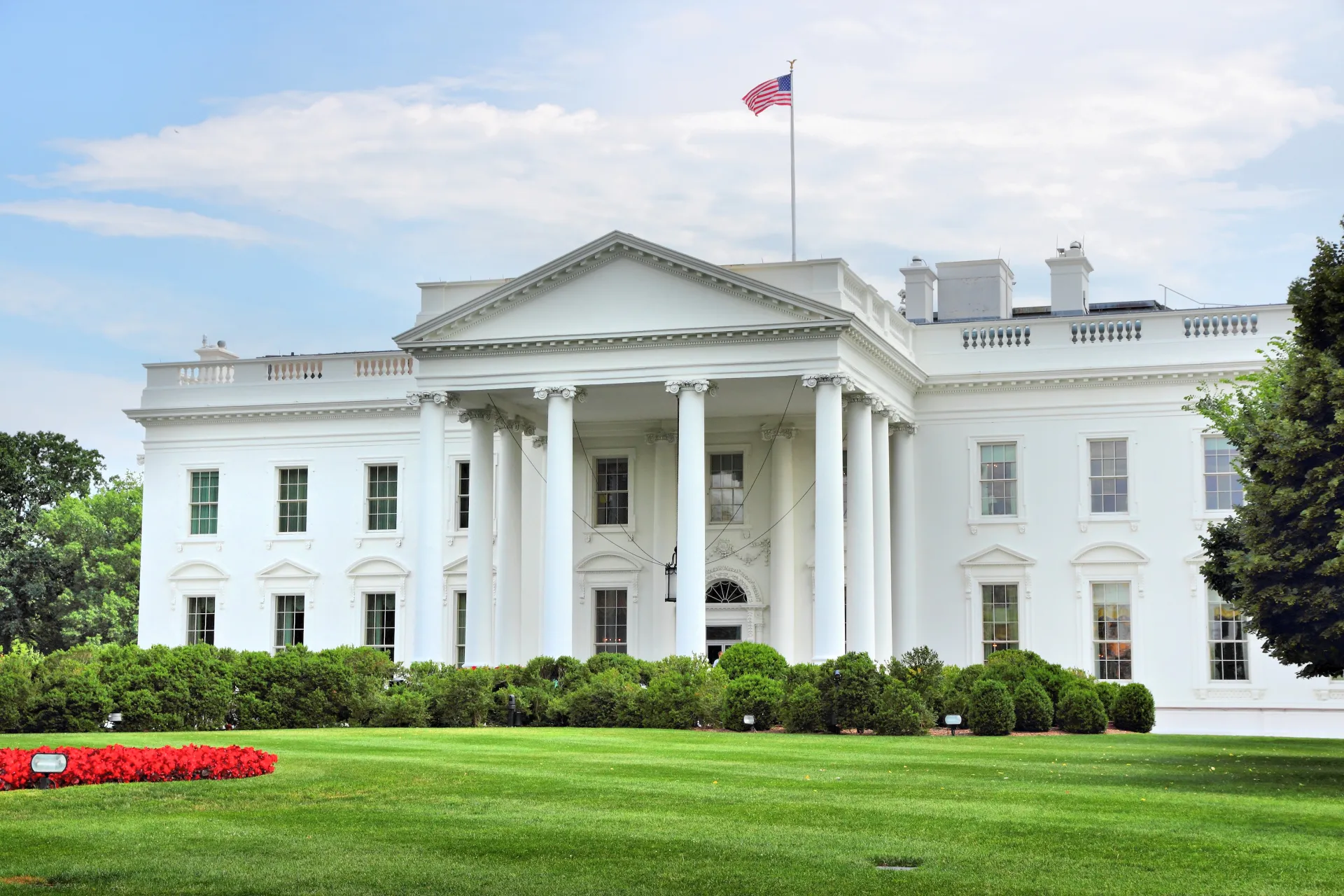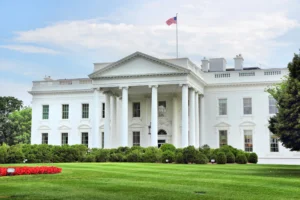
Nestled amidst manicured lawns and guarded by imposing security measures, The White House stands as a silent witness to a multitude of captivating narratives that extend beyond political maneuvering. Beyond its polished exterior lies a tapestry woven with intrigue and subterfuge; where presidents have conspired, love affairs have blossomed in secret corners, and tragedies have left their indelible mark. Prepare yourself for an unprecedented glimpse into the enigmatic past of America’s most famous residence – The White House – where fact is often stranger than fiction. By exploring updatedwashington.com, readers can delve even deeper into the rich history and uncover lesser-known tales from behind closed doors.
The Symbolic Importance of The White House
The White House, with its iconic white facade and commanding presence, serves as a powerful symbol of American democracy. As the official residence and workplace of the President of the United States, it not only houses the leader of the free world but also embodies the ideals and values that this great nation holds dear. Its gleaming white exterior signifies purity, after which it was named, while its neoclassical architecture evokes a sense of stability and permanence.
Beyond its physical appearance, The White House is fraught with historical significance that adds to its symbolic allure. It has stood witness to pivotal moments in American history: from Abraham Lincoln’s leadership during the Civil War to Franklin D. Roosevelt’s fireside chats during the Great Depression. Furthermore, each president leaves their own mark on this historic institution through redecoration and personalization within its walls – a reflection not just of their individual taste but also their vision for America. In essence, The White House stands as a testament to both continuity and change; it represents America’s commitment to upholding democratic values while evolving alongside an ever-changing society. It serves as a constant reminder that behind closed doors lies a rich tapestry of stories and decisions that have shaped our nation’s past – stories that continue to shape our future today.
Early History: From Construction to the Burning
The early history of the White House is a tale steeped in construction triumphs and tragedy. The foundation stone was laid on October 13, 1792, with grand plans for a building that would symbolize American democracy. However, progress was slow and plagued by setbacks, including difficulties securing funding and finding skilled laborers.
Finally completed in 1800, the newly christened Executive Mansion stood as a proud testament to American fortitude. Yet its early years were not without controversy. In August 1814, during the War of 1812, British forces set fire to the White House as part of their retaliation for an attack on York (modern-day Toronto). As flames consumed the iconic building, President James Madison fled with other government officials, leaving behind twisted metal frames and charred remnants of what had once been a beacon of hope for a young nation. This devastating event marked a defining moment in the saga of the White House–a reminder that even structures meant to embody resilience can be vulnerable to destruction.
Presidential Occupants: From Adams to Biden
The White House has been the residence of every U.S. president since John Adams in 1800, making it an iconic symbol of American power and governance. Behind its grand façade lies a treasure trove of stories, scandals, and secrets that have unfolded within its walls throughout history.
Presidents come and go, leaving their mark on the White House in profound ways. From John F. Kennedy’s celebrated Camelot era to Richard Nixon’s tumultuous Watergate scandal, each presidential occupant has shaped the course of American history from within these hallowed halls. However, it is not only the political events that captivate us; the personal lives of these leaders also offer fascinating glimpses into their personas. For example, Franklin D. Roosevelt built a pool for hydrotherapy treatments due to his polio condition – a reflection of his resilience against adversity. Fast forward to Joe Biden’s presidency, where he became the oldest person ever inaugurated as president at 78 years old. His arrival also marked another historic moment with Kamala Harris being sworn in as Vice President—the first woman and first person of South Asian descent to hold this position. As they settle into their new home at 1600 Pennsylvania Avenue, one thing is certain: The legacy continues to unfold with each presidential occupant that graces the White House’ hallowed halls
Iconic Features: The Oval Office and East Room
The Oval Office and the East Room are two of the most iconic features of the White House, symbolizing power, history, and elegance. The Oval Office is perhaps the most coveted office space in the world, serving as the official workplace for every U.S. president since 1909. Its distinctive shape and grandeur have become synonymous with presidential authority.
Meanwhile, just steps away lies the East Room, a spectacular ballroom that has played host to countless historical events and ceremonies. With its towering ceiling adorned by delicate chandeliers and ornate moldings, this room exudes a sense of grandeur that is unparalleled. From state dinners to press conferences to even weddings of presidents’ children, it has witnessed numerous memorable moments throughout American history. Both these spaces not only serve functional purposes but also act as windows into the rich tapestry of America’s past. The Oval Office reflects the gravity and weightiness that comes with leading an entire nation, while the East Room represents a place where great leaders can come together to celebrate milestones or solemnly address their fellow citizens.
Conclusion: The White House’s Enduring Legacy
The legacy of the White House is one that is deeply intertwined with the history of the United States, symbolizing power, tradition, and democracy. Throughout its existence, it has served as a witness to countless pivotal moments in American history. From hosting historic events like the signing of the Declaration of Independence to being the epicenter of political decisions that shaped the nation’s future, this iconic building stands as a testament to America’s enduring spirit. Its walls have seen presidents rise and fall, wars won and lost, and social progress achieved.
But beyond its role as a physical structure, what truly makes the White House’s legacy endure are the intangible components embedded within its very fabric. The ideals of freedom and democracy that underpin American society are ingrained in every nook and cranny of this historic landmark. Each president that has occupied its halls has left their mark on its legacy through their policies, actions, and leadership style. The White House continues to serve not only as a residence for presidents but also as a symbol of American resilience and an embodiment of democratic values for people around the world.
As we uncover more about its intriguing history behind closed doors, we come to realize that the true essence of the White House lies not only in grand ceremonies or political wrangling but also in quieter moments when presidents retreat from public view. It is within these walls where important decisions are made during times of crisis or reflection.





